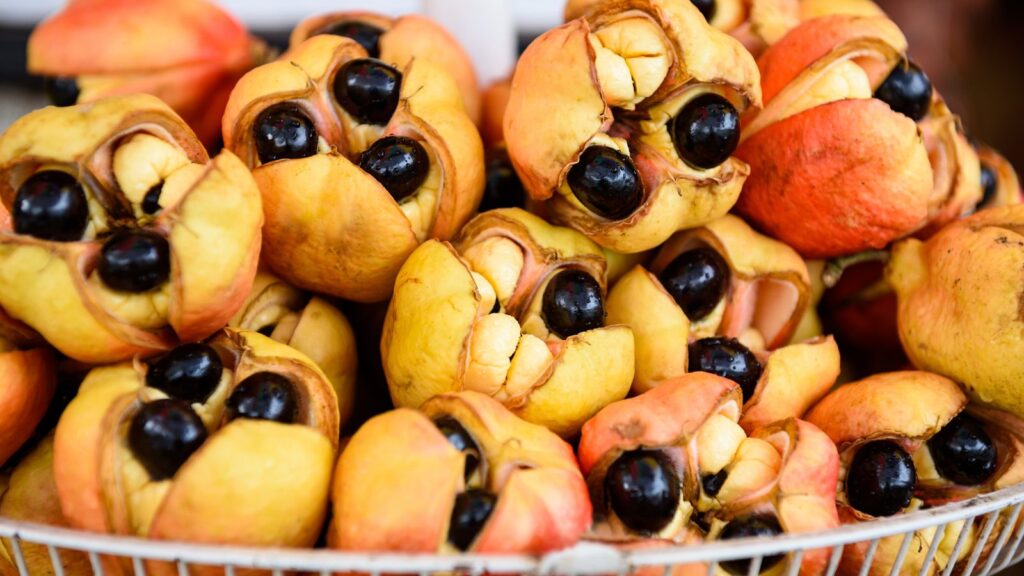Proper food handling is crucial when preparing meals to avoid the risk of food poisoning. Knowing the right techniques not only protects your health but also ensures the safety of everyone in your household, and this article highlights several foods that can become toxic if not handled with care.
Cassava
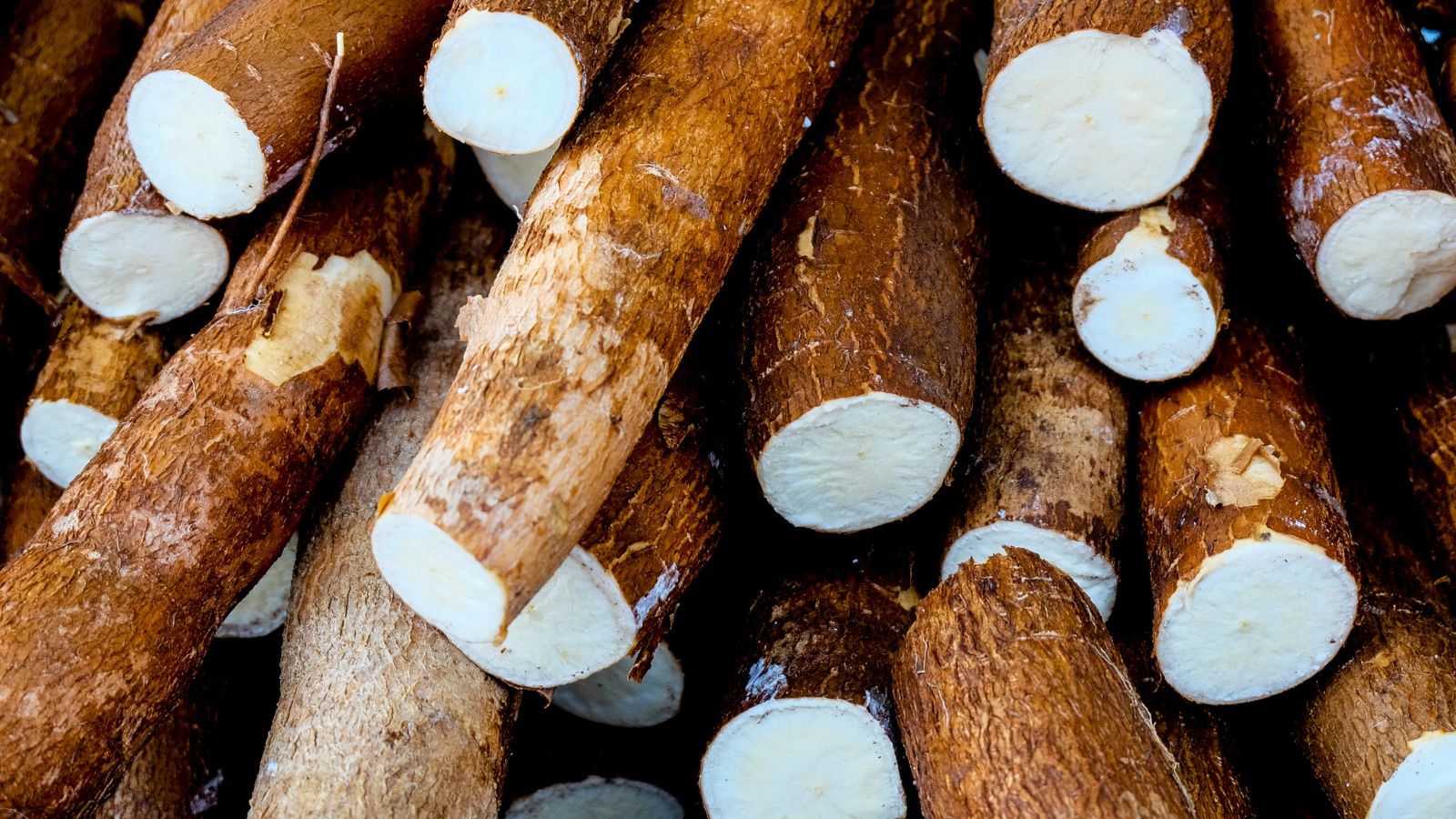
This food must be properly cooked to remove cyanide-producing substances. Bitter cassava requires more thorough processing than sweet cassava does. It’s so important to ensure that cassava is properly cooked because one slight mistake in preparing this food can lead to death.
Rhubarb Leaves
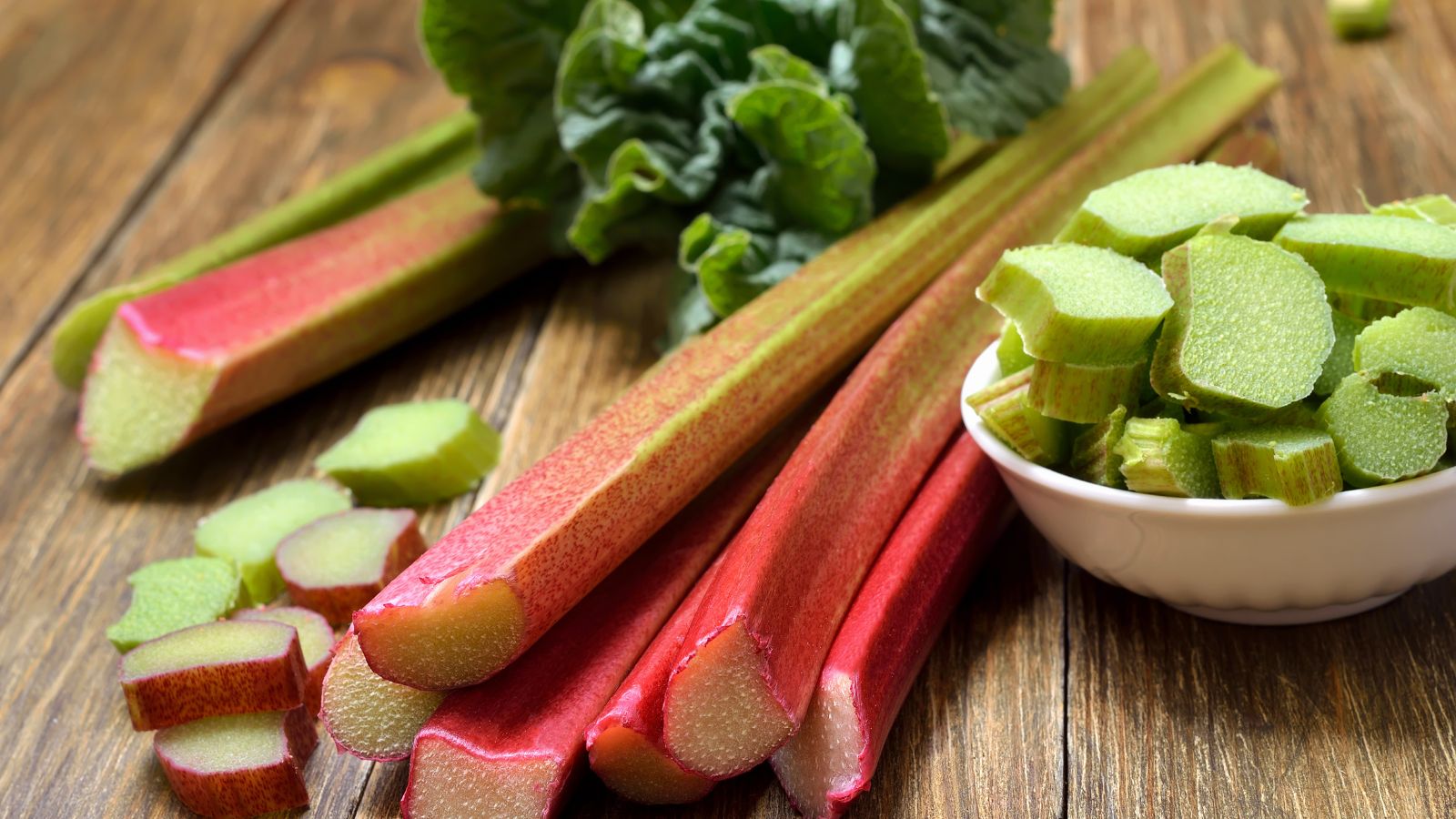
Healthline writes, “Rhubarb leaves are considered inedible due to their high concentration of oxalic acid. In fact, both the stalks and leaves contain oxalic acid, but the leaves have a much higher content.” While it’s okay to eat the actual rhubarb, the leaves of this vegetable should always be avoided.
Elderberries
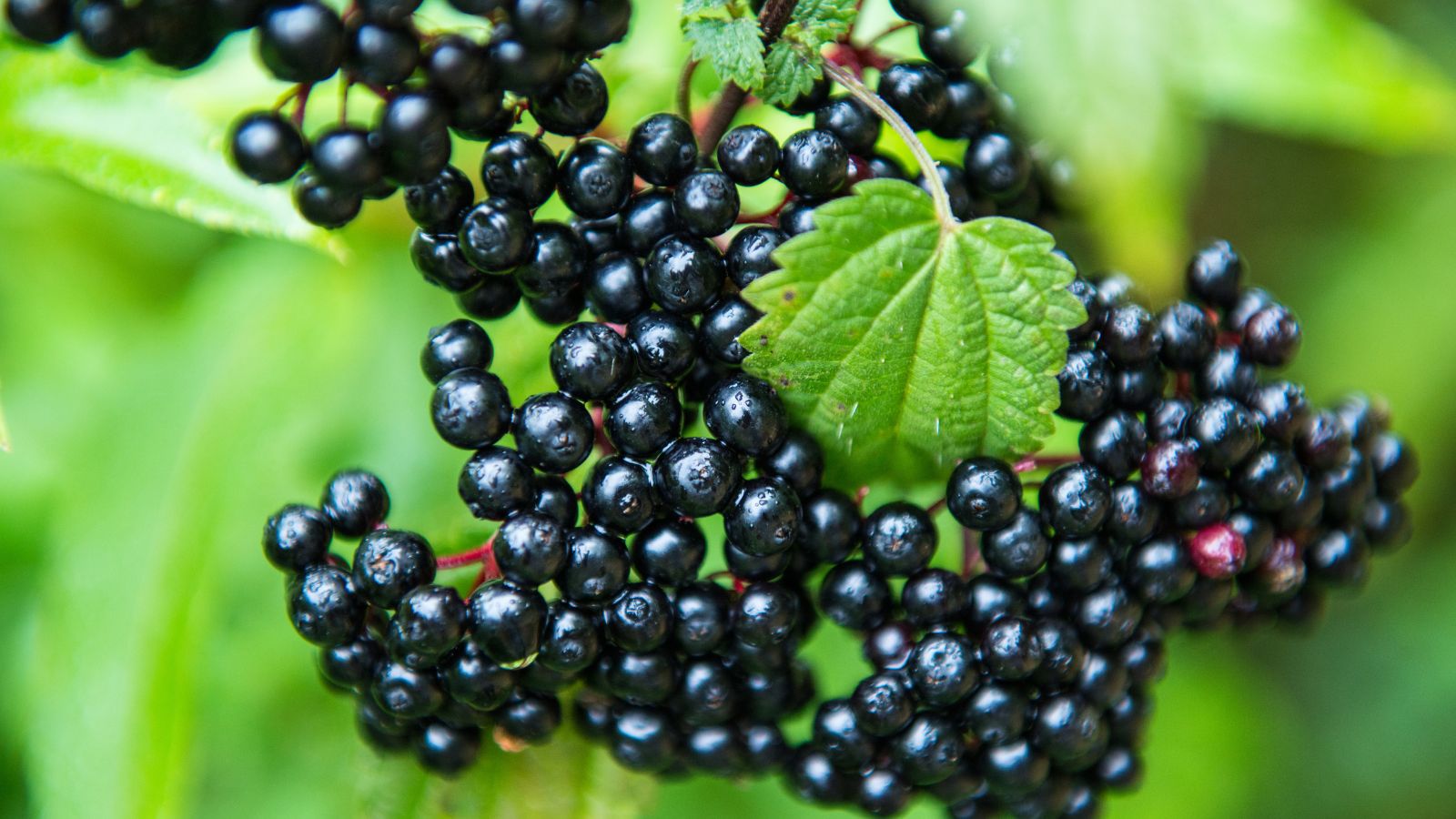
Only berries that have been fully cooked or fully ripened are safe to eat. Also, any leaves, twigs, and seeds contain cyanogenic glycosides, which can be toxic to humans. If elderberries are not properly prepared, then they can cause nausea, vomiting, and severe diarrhea.
Red Kidney Beans

Red kidney beans contain phytohaemagglutinin, and this can make these beans toxic if they’re eaten raw or aren’t cooked properly. To prepare red kidney beans, they should be soaked and boiled properly to reduce their levels of toxicity. Incorrect cooking of these beans will only lead to diarrhea, stomach aches, headaches, and vomiting.
Fugu (Pufferfish)

Fugu is the Japanese name for pufferfish. This food is so toxic that it needs to be prepared by a professional chef to avoid poisoning. This is supported by the Canadian Institute of Food Safety, which writes, “The ovaries, intestines, and liver of fugu contain tetrodotoxin, a neurotoxin up to 1,200 times more deadly than cyanide.”
Ackee Fruit
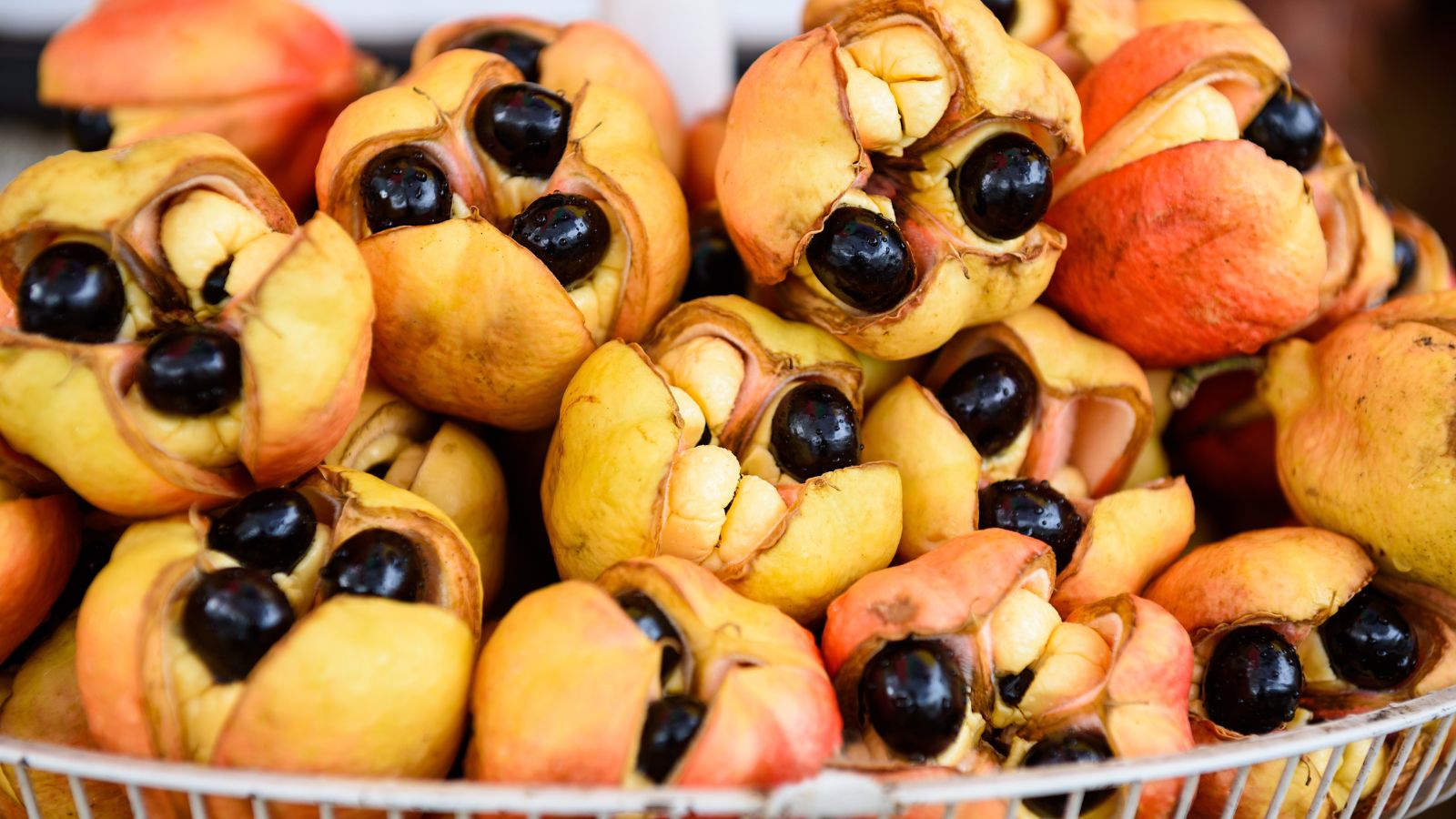
Ackee fruit must be fully ripe and naturally opened before it’s consumed. This is because the fruit contains hypoglycin, which can cause “Jamaican Vomiting Sickness.” Eating parts of this fruit that aren’t ripe can cause a person to go into a coma or even result in death.
Sannakji (Live Octopus)
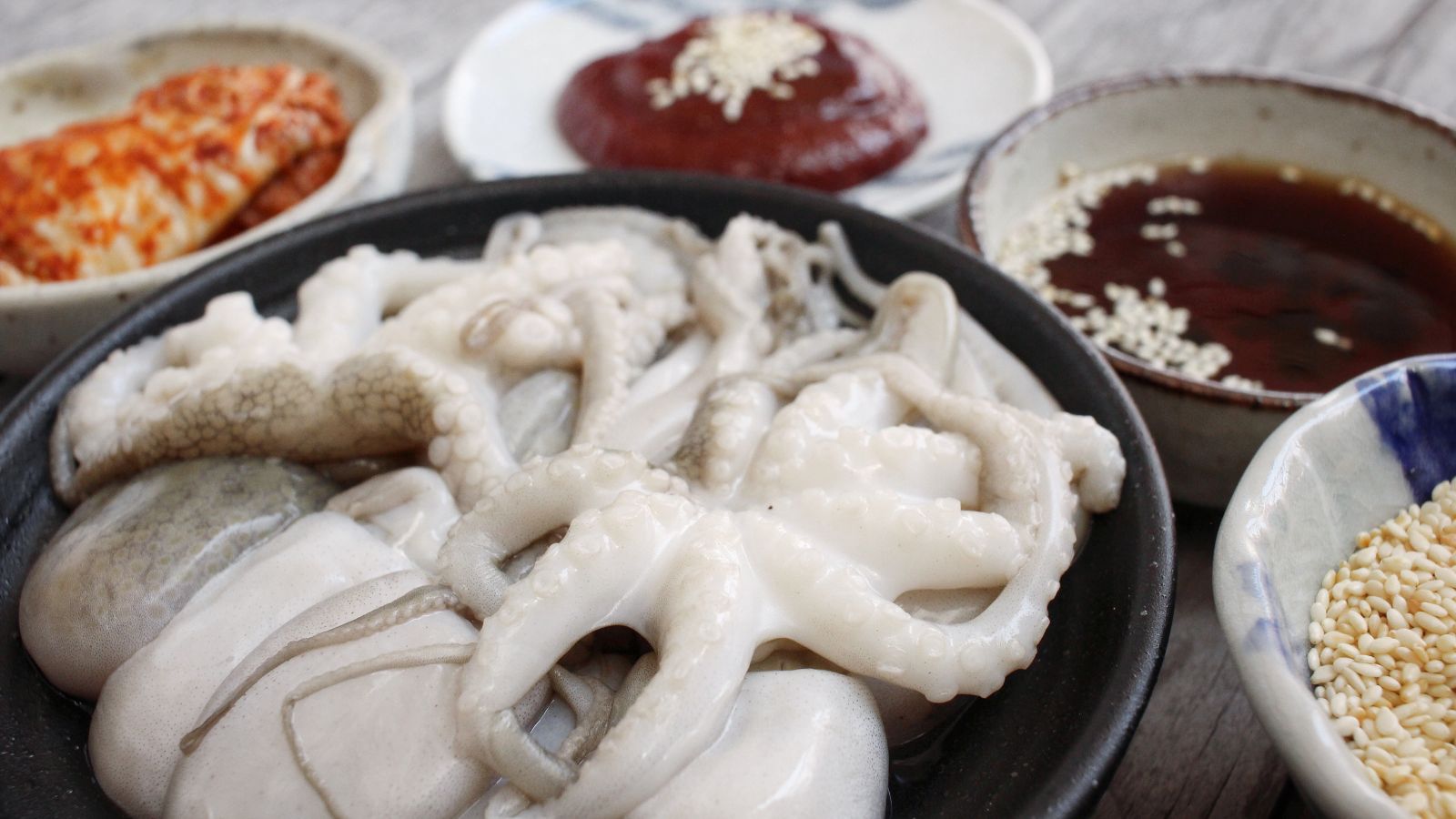
If an octopus is served alive, then it can become a choking hazard. The suction cups on the tentacles may stick to the throat or mouth and this is what can cause a person to choke. If a person chooses to eat live octopus, then they should chew it carefully to avoid choking.
Hákarl (Fermented Shark)
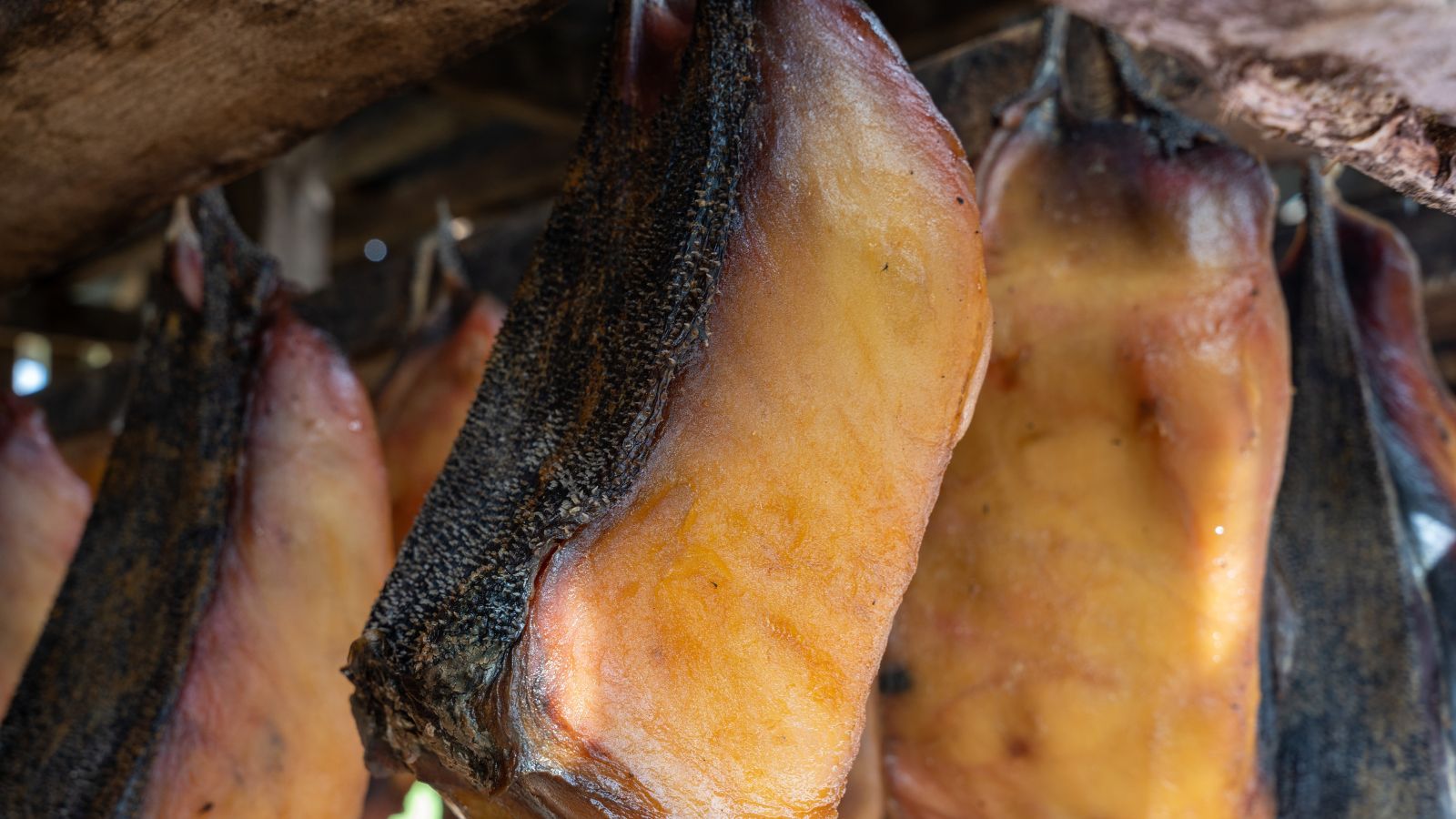
Fermented shark is made from Greenland shark; it’s then cured and hung out to dry. The shark needs to be hung out for three to five months to ensure it’s safe to eat. This is because the food contains high amounts of urea and trimethylamine. This means that if the fermented shark isn’t prepared properly, it can cause severe intoxication.
Stone Fruits’ Pits
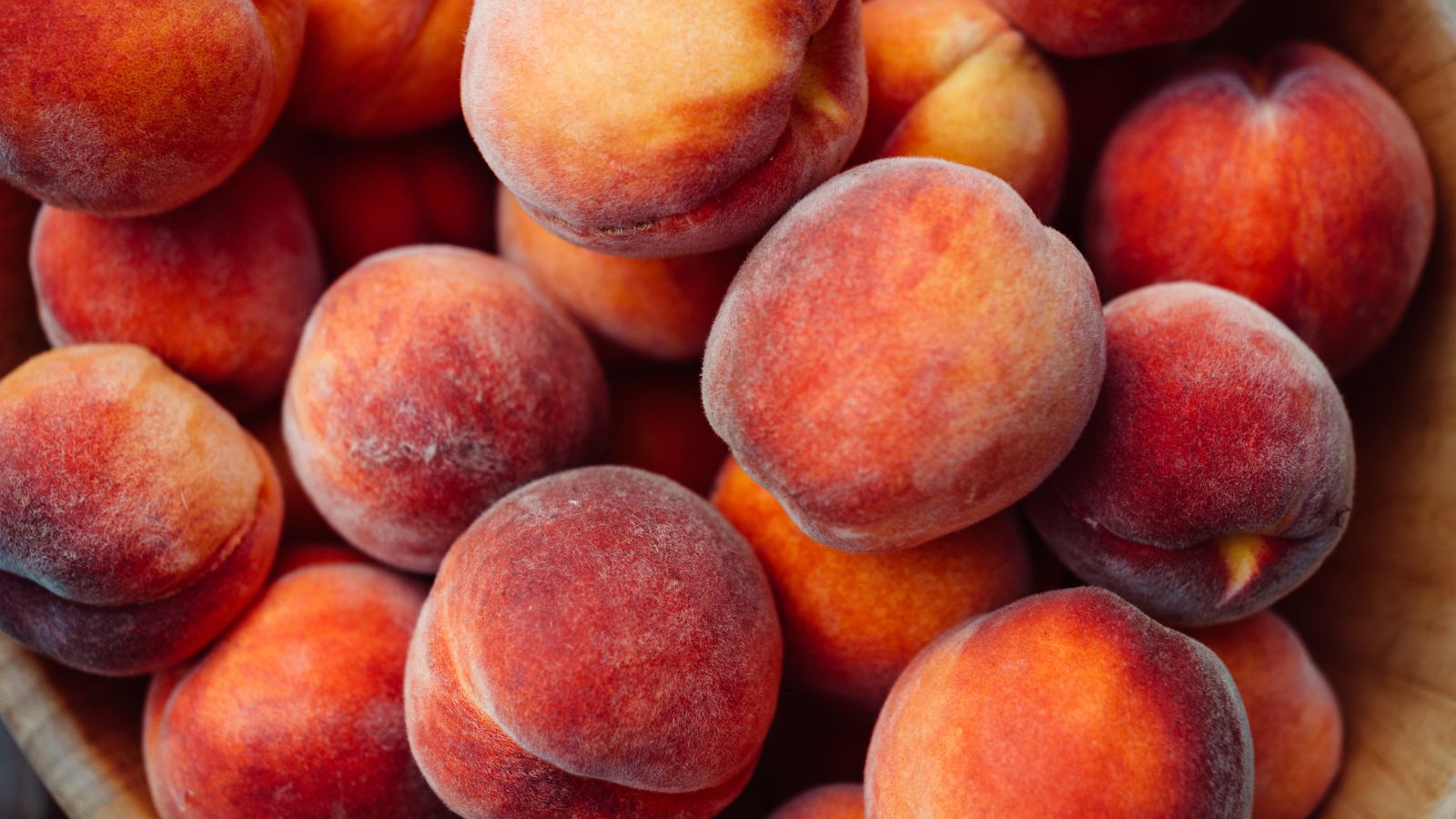
The pits of cherries, peaches, apricots, and plums all contain cyanogenic compounds, which are known to be toxic to humans. The pits of these fruits can also produce hydrogen cyanide, especially if the fruits are eaten in large quantities. Unless you want to be sick, it’s strongly recommended not to eat the pits of these fruits.
Unpasteurized Honey
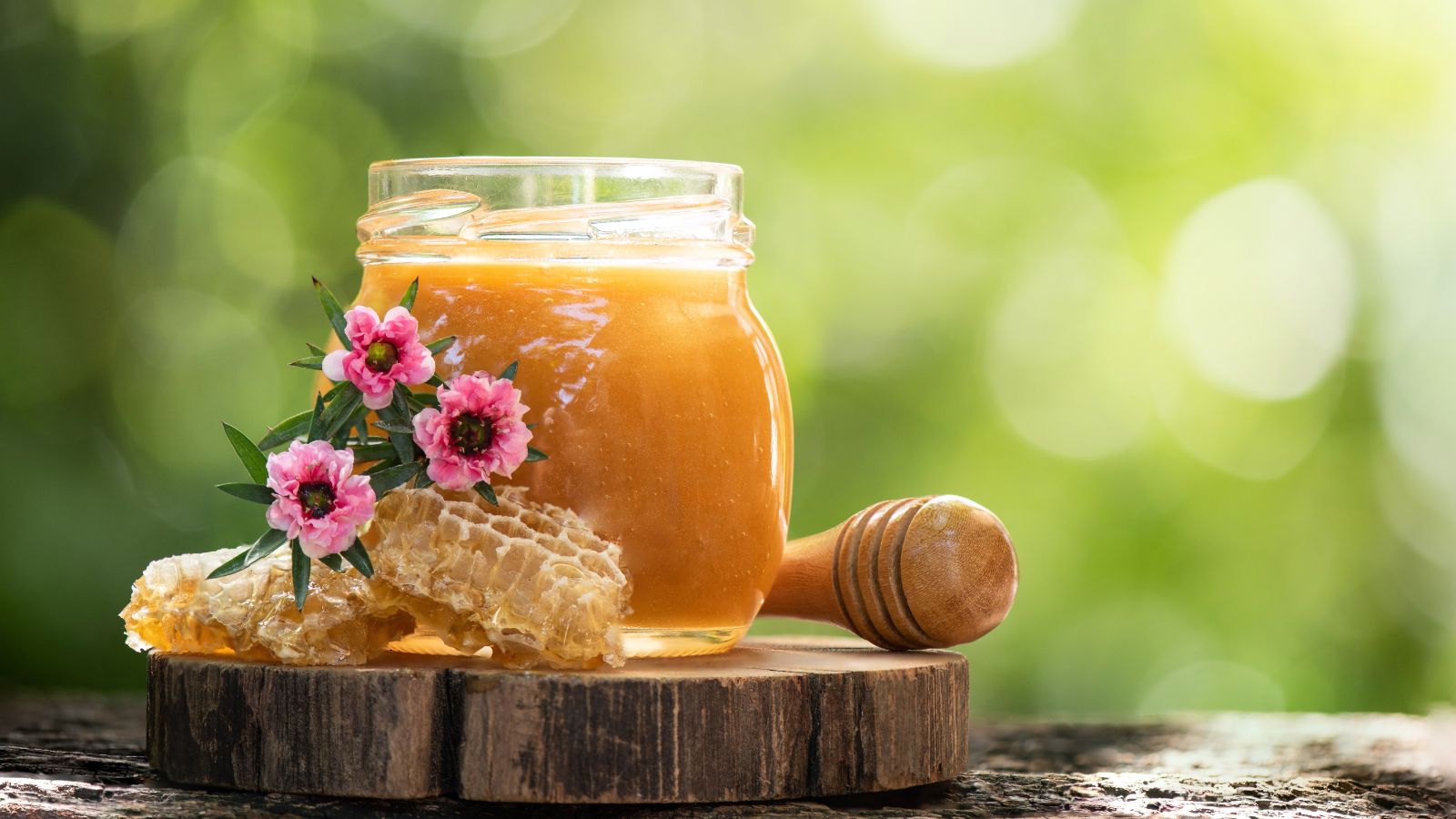
Unpasteurized honey can contain toxic alkaloids and grayanotoxins. This is especially risky for infants due to the potential for botulism. Eating too much unpasteurized honey can lead to paralysis or death. It just goes to show that even some of the foods you think are safe need special preparation before consumption.
Sprouts

“Eating raw or lightly cooked sprouts, such as alfalfa, bean, or any other sprout, may lead to food poisoning from salmonella, E. coli, or listeria,” writes Eat This, Not That! Also, while warm and humid conditions may be ideal for growing sprouts, they can lead to the spread of germs.
Microwave Popcorn
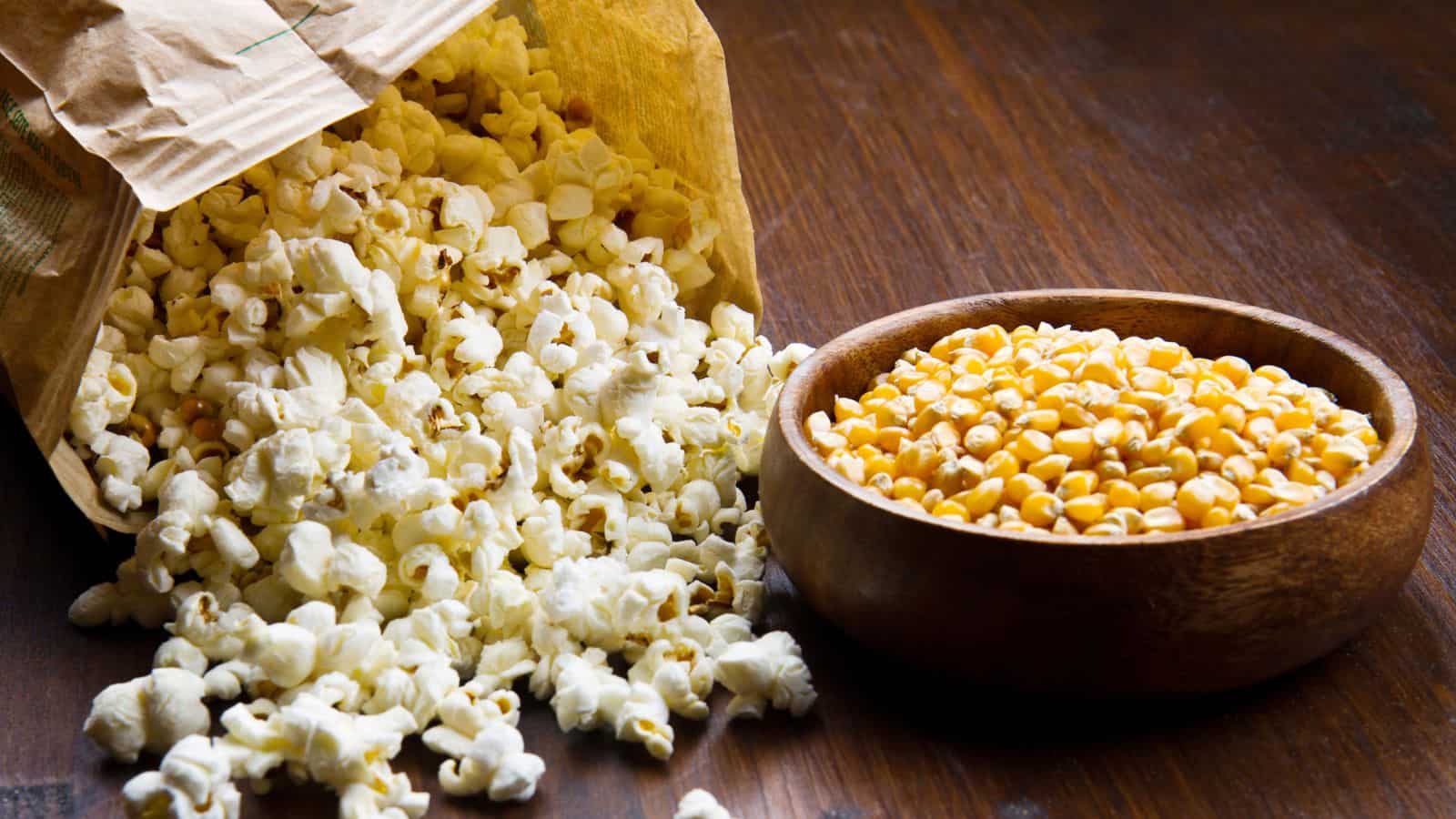
The chemicals in the bag lining of microwave popcorn can decompose and then contaminate the popcorn. This contamination can have a link to cancer due to toxic substances such as PFOA making their way into the popcorn. People are advised to refrain from using microwave popcorn bags.
Bamboo Shoots
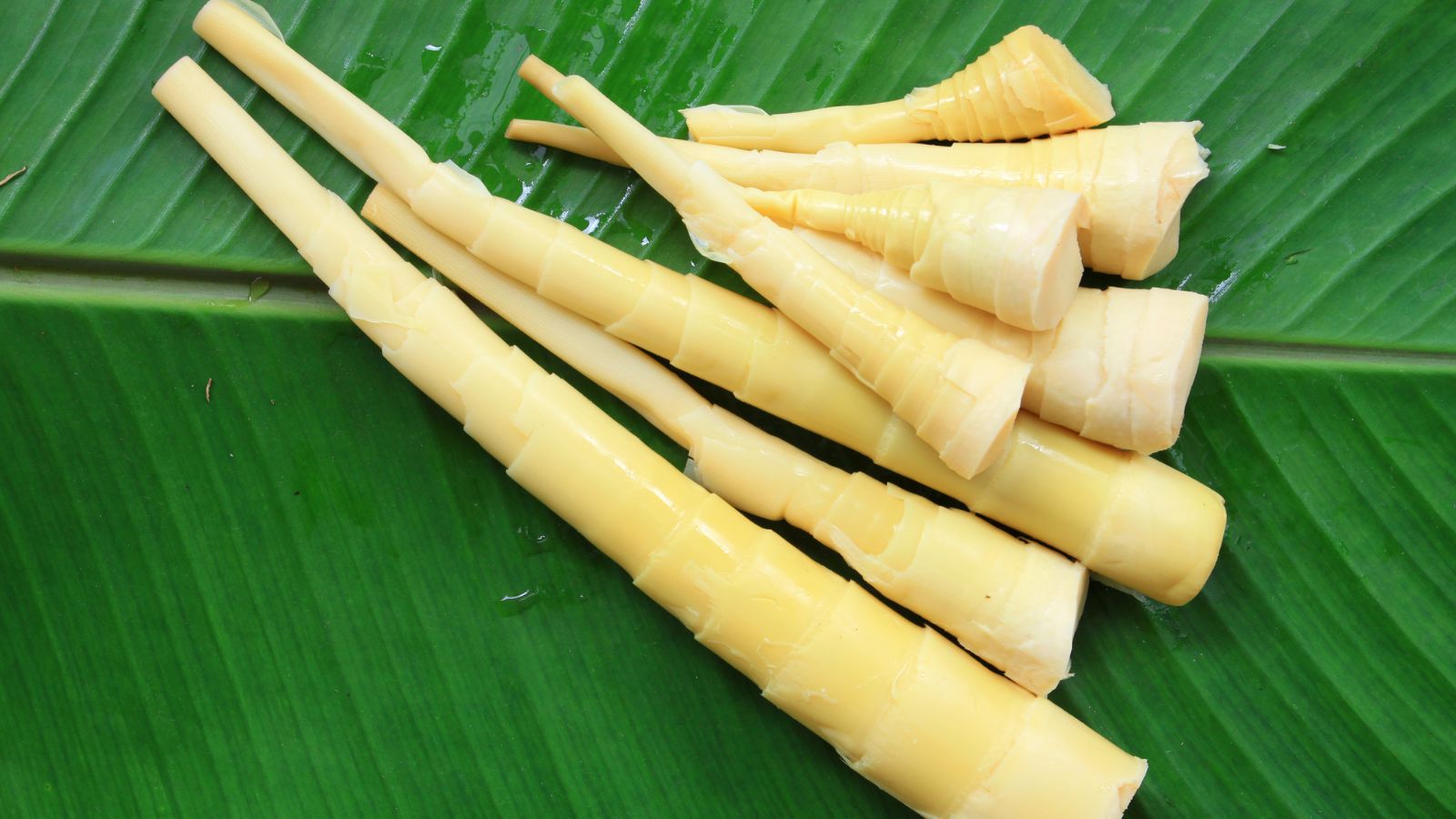
Raw bamboo shoots contain toxins that produce cyanide in the body. To prevent this from happening, bamboo shoots must be boiled before being eaten. These shoots are commonly used in Asian dishes, but they must always be properly prepared before they’re added to food.
Lychee
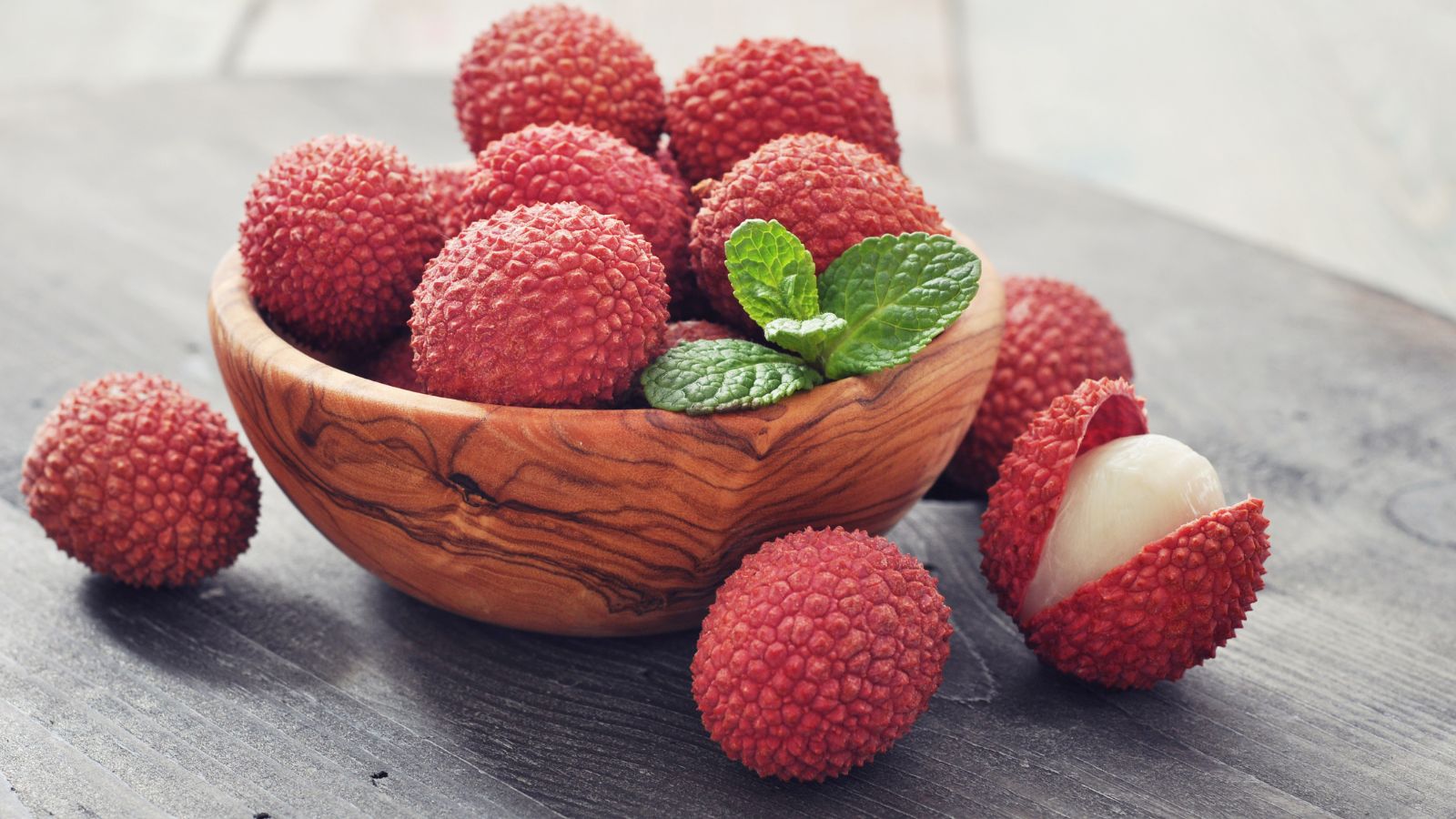
Consuming unripe lychees can be toxic, especially if this is done on an empty stomach. Eating lychees that haven’t been properly prepared can lead to fever, convulsions, and sometimes even fatalities. This is caused by toxins from this food blocking the body’s production of sugar.
Raw Milk

Most milk in the U.S. is sold as pasteurized, making it safe to drink. However, always check food labels, as you can become ill from raw milk. This is supported by Cheapism, which writes, “From 1993 to 2006, more than 1,500 consumers became sick from consuming raw milk or cheese.”
Starfruit
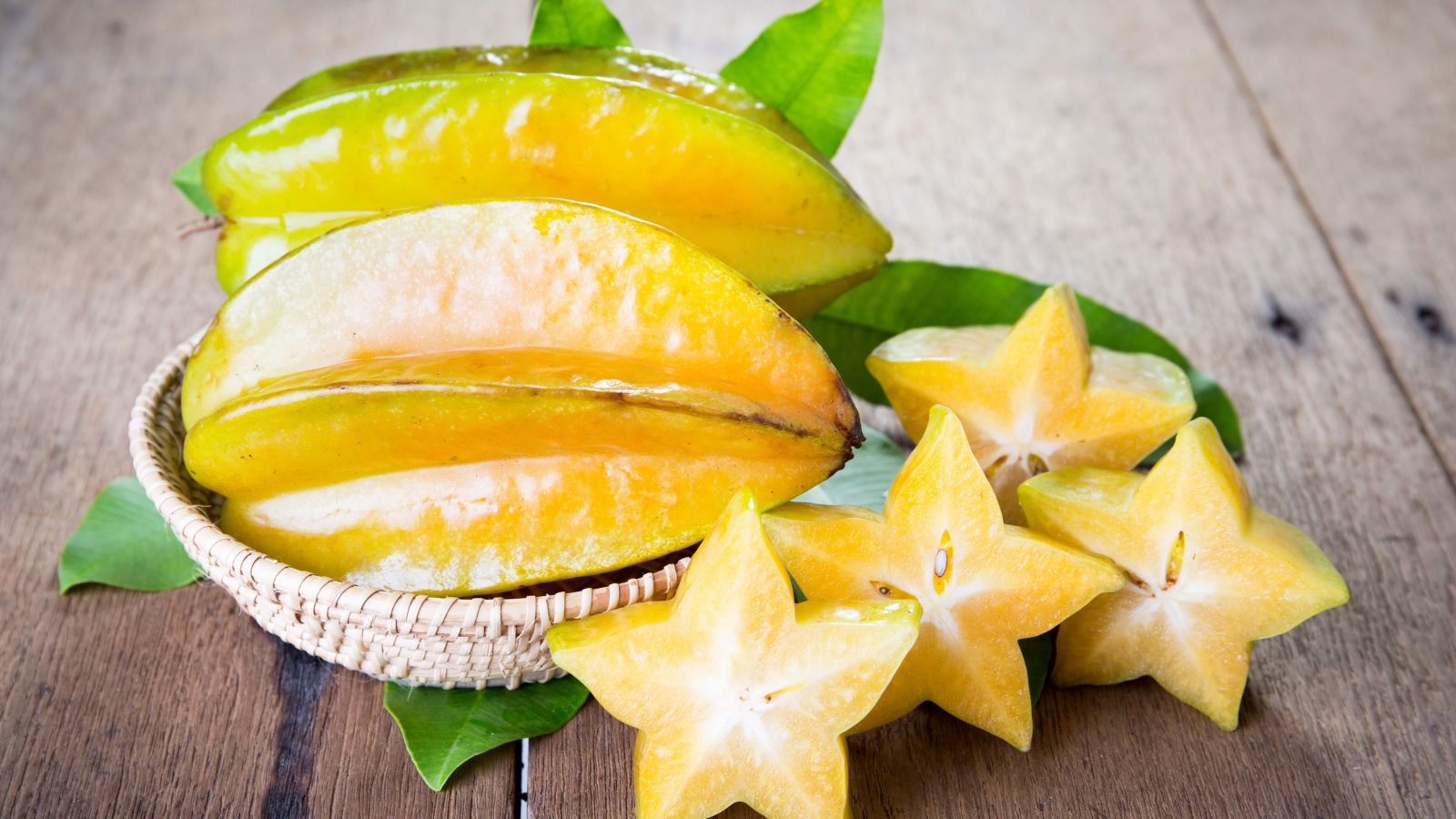
This fruit may be harmful to most, but it can be highly toxic for anyone who suffers from kidney disease. The fruit contains toxins that people with kidney disease can’t process, but those with healthy kidneys can. If anyone with kidney issues eats starfruit, they can face confusion, seizures, or death.
Red Scorpionfish
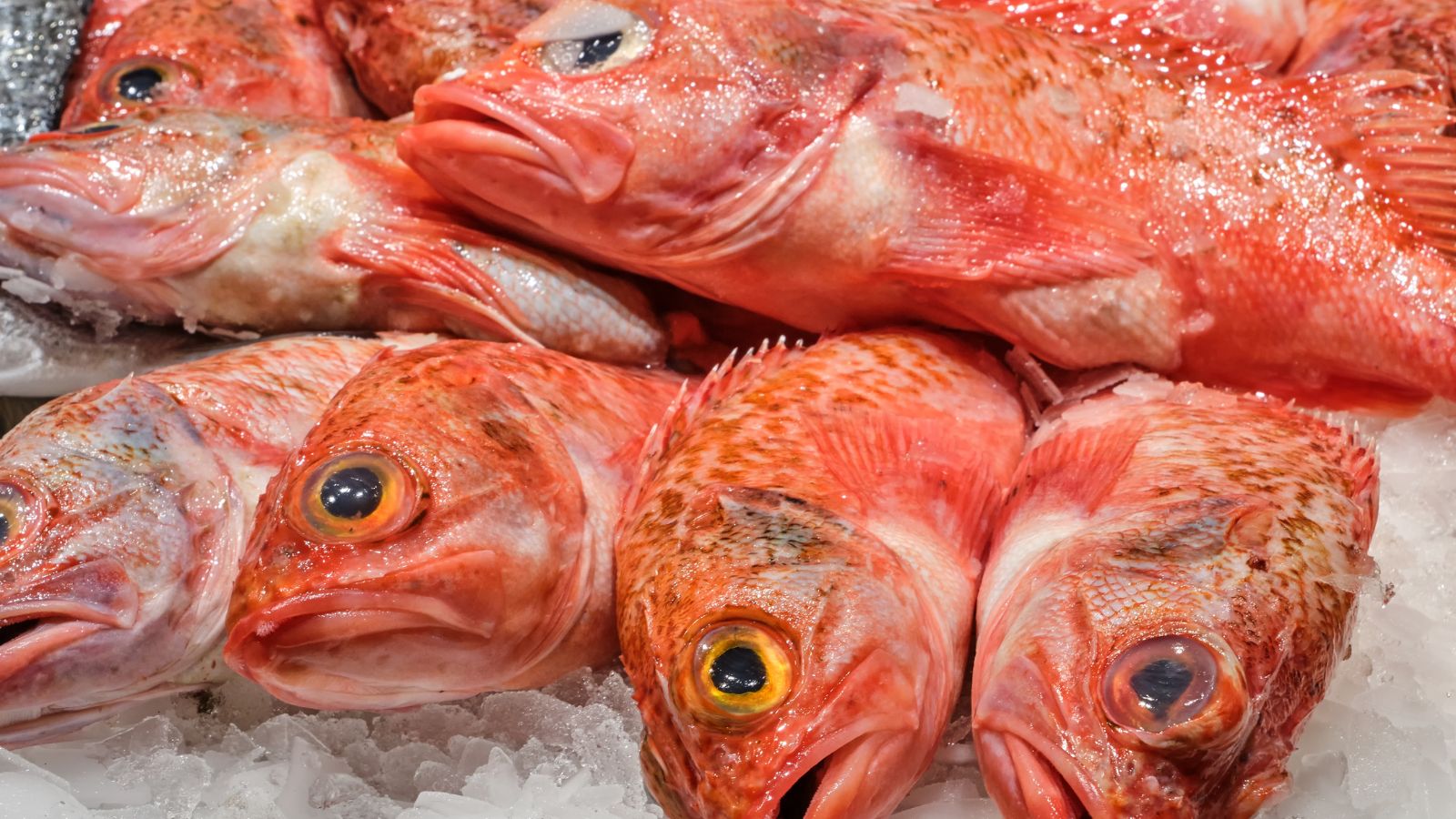
Medline Plus writes, “Scorpionfish venom is toxic and contains many chemicals, including neurotoxins.” This fish may be rich in flavor, but it’s also incredibly venomous and dangerous to handle. The venom in a red scorpionfish can cause severe pain, and it needs to be prepared properly before anyone tries to eat it.

